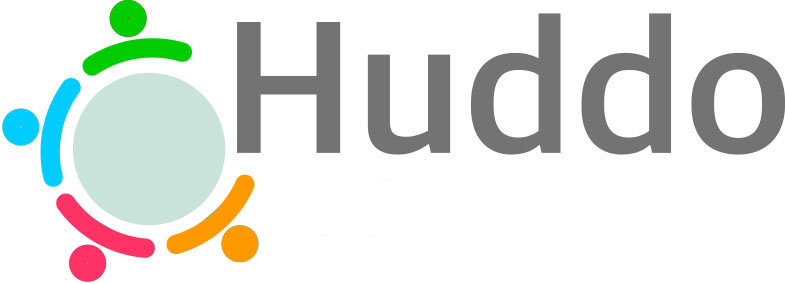Slay the Beasts of Methodology: Agile Project Management
There are several different project management styles out there. Picking which style is for you is down to two things,
1) how do you like to work individually and collectively, and
2) how well-defined your goals and tasks are.
Picking a working style, or methodology, is helpful as it sets the processes and guidelines on how you work. It helps everyone understand how your project is structured, the order in which you complete tasks, the frequency of meetings, and the roles and responsibilities of your collaborators.
Each week we will break down one of the main Project Methodologies used globally, and we will explain how they work, when they are used and why, and their strengths. What is more important than deciding which style to use, is ensuring you are all adopting the same working style (when working collaboratively on a project). Although many hands do make light work, this is only if those hands are coordinated.
Agile Methodology
Agility, by definition, enables you to go or move in any direction, at any time, and have the strength, stability, and balance to enable that. It’s almost the complete opposite of Waterfall Methodology. The flow can change in any direction, at any time, and even the end goal can change in the process.
Agile Project Management is an iterative approach to delivering a project throughout its life span. A project will go through many iterations and incremental steps and the iterative approach supports faster speeds in progressing projects and greater adaptability.
Due to the non-linear approach, not everything needs to be well defined from the offset, meaning progress and work can happen without extensive groundwork and instead can be continuously improved as more data, knowledge, and/or stakeholder direction becomes available. This supports a project that is more likely to change, than not, and generally leads to more flexible processes and constant reprioritisation.
Agile Project Management is used for projects such as building new websites, projects which may go through several iterative cycles. 1) High-level content writing, 2) wire-frames & structure, 3) supporting content, 4) branding, 5) graphics and images, 6) interlinking content, 7) link building, 8) SEO, 9) Analytics/tracking, 10) Sales Forms, 11) summaries and collections, 12) unique content/content marketing….. and so on.
In this example, you may release a website after step 5, where you have a basic website with high-level pages, supporting content, and branding. Then as you interlink content and start reviewing SEO, you may change key pages and content. You may release an iterated version of a page several times over a few months. Then as you review analytics you will further develop new content and update older content. You may begin to collate content together in different ways and create summaries and collections. (Does a website project ever really end?)
Agile works on the premise that the end goal may be too complicated to define at the start, or a project may need to be flexible to learn as it progresses. Although not as simple as waterfall, as long as tasks are continuously prioritised, collaborators can continue to work smart and on high-value items.
The danger is that some tasks just never get completed and the project never really ends. You may find a few bugs in your website that are minor in nature, or perhaps an image or branded asset not quite as good as it could look. Because change is happening all the time and other tasks enter a higher priority, lower-priority tasks just get pushed back and back. Collaborators may feel confused about what tasks they should be working on and pick ones they want to work on over what is high value to the organisation. Because there are so many tasks without a clear order, it’s not always instantly noticeable if someone is working on something of a lesser priority, or why.
If you have a clear goal and a clear deadline, Agile can be an inappropriate project management methodology to utilise. However, if your goal is to improve, and continuously improve then it could be for you and your team. When developing a product, or driving annual sales targets you need a place where tasks are constantly being fed and prioritised. The key is to remain organised.



